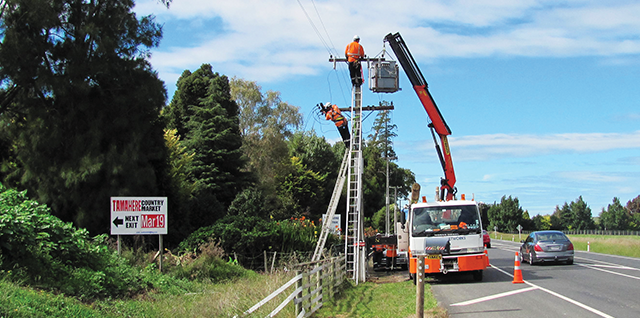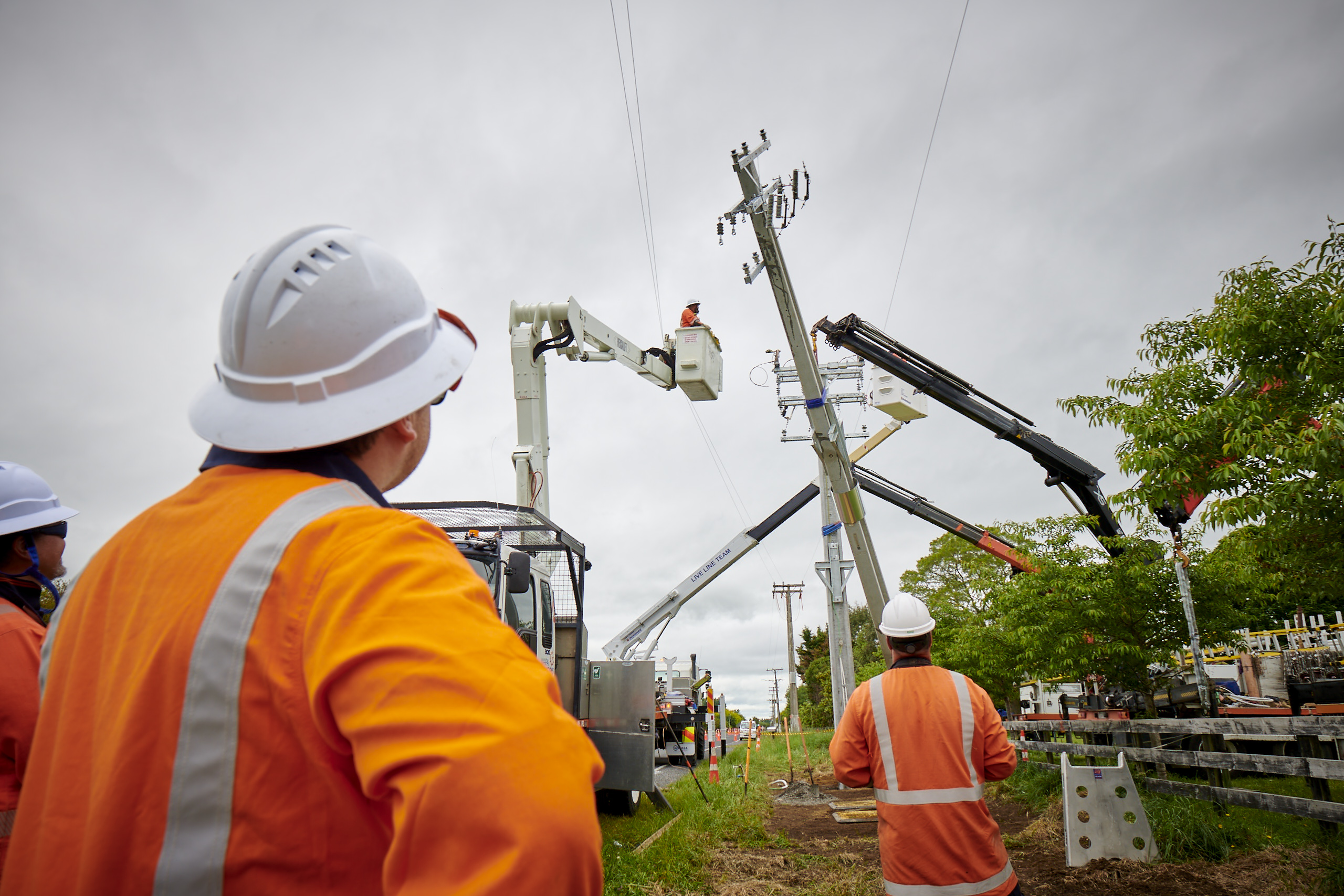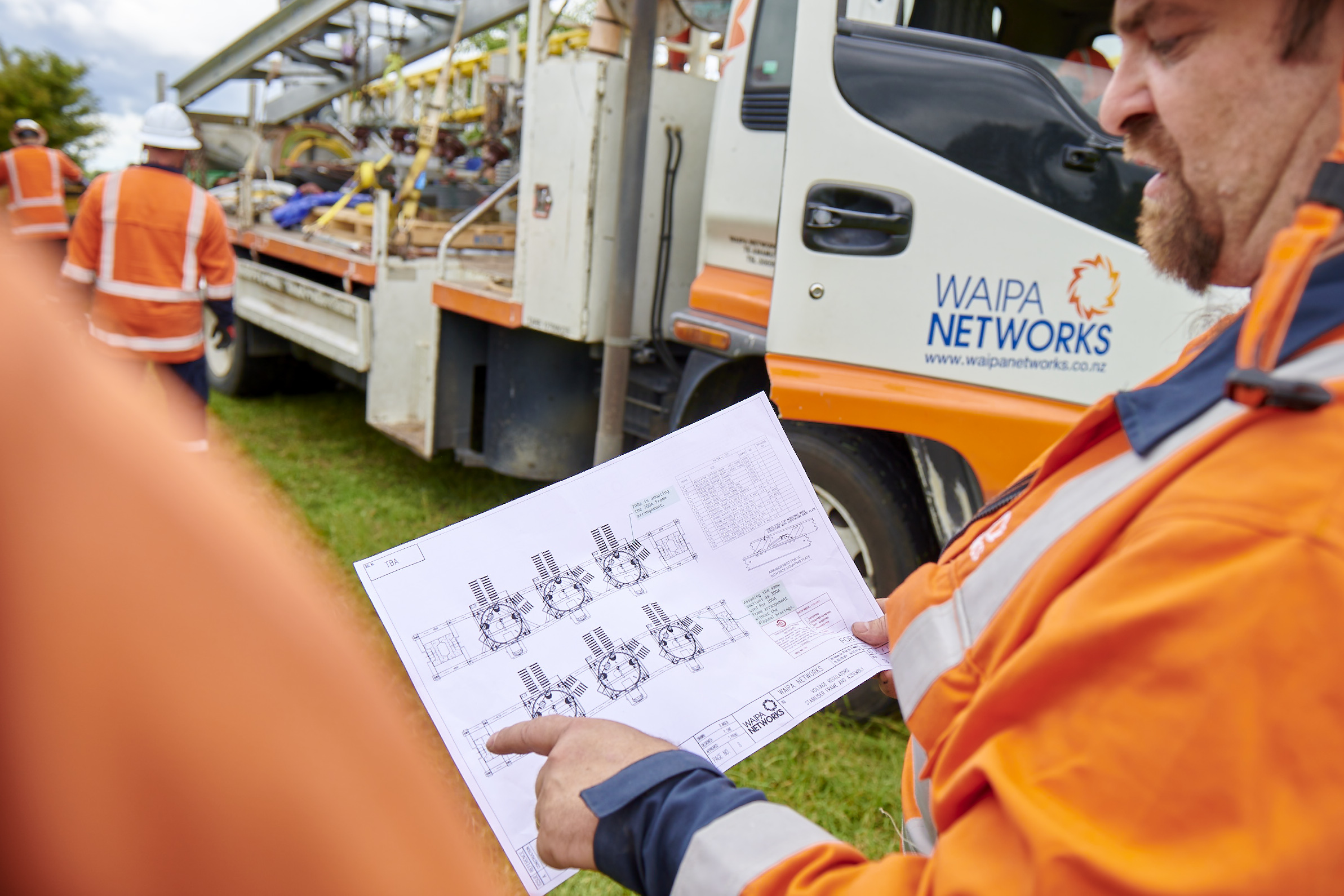Distributed Generation
Installing solar panels, wind turbines, or a mini-hydro? Do you want to connect to our network for reliability or to feed excess power back into the grid? Let us know so we can ensure it’s safe.
Distributed energy sources are when you generate electricity for your own use. Examples include:
- Solar panels
- Diesel generators
- Microturbines (wind)
- Gas turbines
We support the development of safe and reliable distributed generation. You’ll find more information below.
Types of distributed generation
There are two categories of distributed generation:
- Less than 10kW — generally installed in your whare and small businesses.
- Over 10kW — usually larger more complex systems used by industrial customers or large businesses.
Update to solar export settings
We’re seeing more customers across the Waipā district installing rooftop solar, batteries, and other small-scale generation. To keep supporting this growth, we’ve made a couple of changes to make it easier to connect more solar.
Our aim is simple: enable as many customers as possible to benefit from solar while keeping our network safe, reliable, and fair for everyone.
To help achieve this, we’ve updated our export settings:
- The limit for single-phase inverters has been raised to 10kW.
- Inverters installed Waipa’s network must now be compliant to “Australian A” settings of AS/NZS 4777.2 2020. This is provisional requirement until standard is revised.
These changes align with modern industry practice and recent government changes to the voltage limits. They also give installers and customers more flexibility when designing solar systems.
As before, actual solar generation supplied back into the grid depends on real-time network conditions. When solar generation exceeds demand, the inverter will reduce output. In the future, we’ll investigate implementing advanced systems such as operating envelopes, which will help maximise the amount of solar generation that can be supplied back to the grid.
Congestion

“Congestion” happens when there’s a bottleneck somewhere in the network. When the line or transformer reaches its limit and can’t carry any more electricity, it’s “congested”.
Our network is currently uncongested and we carry out regular assessments to identify areas of potential congestion. We’ll keep you posted if there are any congested areas on our network.
Waipā Networks approved inverters list
An inverter is just one of a several electronic devices that control power flow. The basic idea behind inverters is that it switches DC inputs back and forth very fast. It turns DC inputs into AC outputs.
If you’re installing inverters, they must comply with AS4777. Here’s a list of Waipā Networks-approved inverters.
Regulated terms
We have regulations that apply to distributed generation. The regulations allow distributed generation to be connected if the connection and operation standards are met. The regulatory framework for connecting distributed generation is laid out in Part 6 of the Electricity Industry Participation Code (“Code”).
This code will apply in most distributed generation connections (once completed). However, Waipā Networks and the distributed generator may enter a connection contract anytime. These contract terms shall take precedence.
If contracted terms cannot be negotiated and agreed upon within 30 days following notice to us of the intent to form a contract, the Regulated Terms will apply. Any changes to the contract must be agreed upon by both parties.
For full information about the connection of distributed generation, please click here.
Distributed Generation Policy
Apart from the regulated terms, the installation of your distributed generation must also comply with the our Distribution Policy which can be found here.

Electricity prices
When it comes to ongoing electricity charges, we recommend you read our customer newsletter and pricing schedules to ensure you are fully informed about the line charges. These can be found by clicking here. Please contact us if you have any queries.
Information Packs
• How to connect distributed generation 10kW or less in total to Waipā Networks (Part 1A)
• How to connect distributed generation 10kW or less in total to Waipā Networks (Part 1)
• How to apply for distributed generation above 10kW in total
**Note that, for distributed generation 10kW or less in total, you can apply under Part 1A if the distributed generation
a) is designed and installed in accordance with AS4777.1 and AS4777.2
b) meet Waipā Networks Distributed Generation Policy
How long will it take?
A simpler connection may take a couple of days where more complex connections may take a few weeks.
Please allow for this during the application process.
